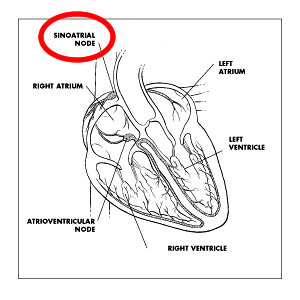
In the last post, we had an introductory look at what tachycardia is. Just to recap very briefly, tachycardia is a general term for conditions wherein the heartbeat of an individual exceeds 100 beats per minute. So what can cause tachycardia?
In their web site, the Mayo Clinic differentiates between people who have heart disease and those who do not. Just because a person has tachycardia does not necessarily mean that he has a heart disorder. This comes as a relief to me because while I am open to the possibility that I may have tachycardia, I really do not want to have any trouble with my heart (who does, anyway?).
Here is the list that I found at the Mayo Clinic’s site:
• An overactive thyroid or other metabolic imbalance
• Damage or microscopic abnormalities in the muscles of the atria (upper heart chambers)
• Abnormalities within individual heart cells
• Abnormal electrical properties of groups of heart cells
• Emphysema or other lung diseases
• Exposure to heart stimulants, such as caffeine, tobacco, or alcohol
• Rapidly firing triggers, (“hot spots”) often located in the veins that return blood from the lungs to the heart (pulmonary veins) — that cause atrial fibrillation.
I am no doctor – obviously – but if I am barring any heart problems at this point, I am left with the second to the last possible cause, which is exposure to heart stimulants. I really should quit smoking.
Originally posted on April 27, 2008 @ 9:48 pm